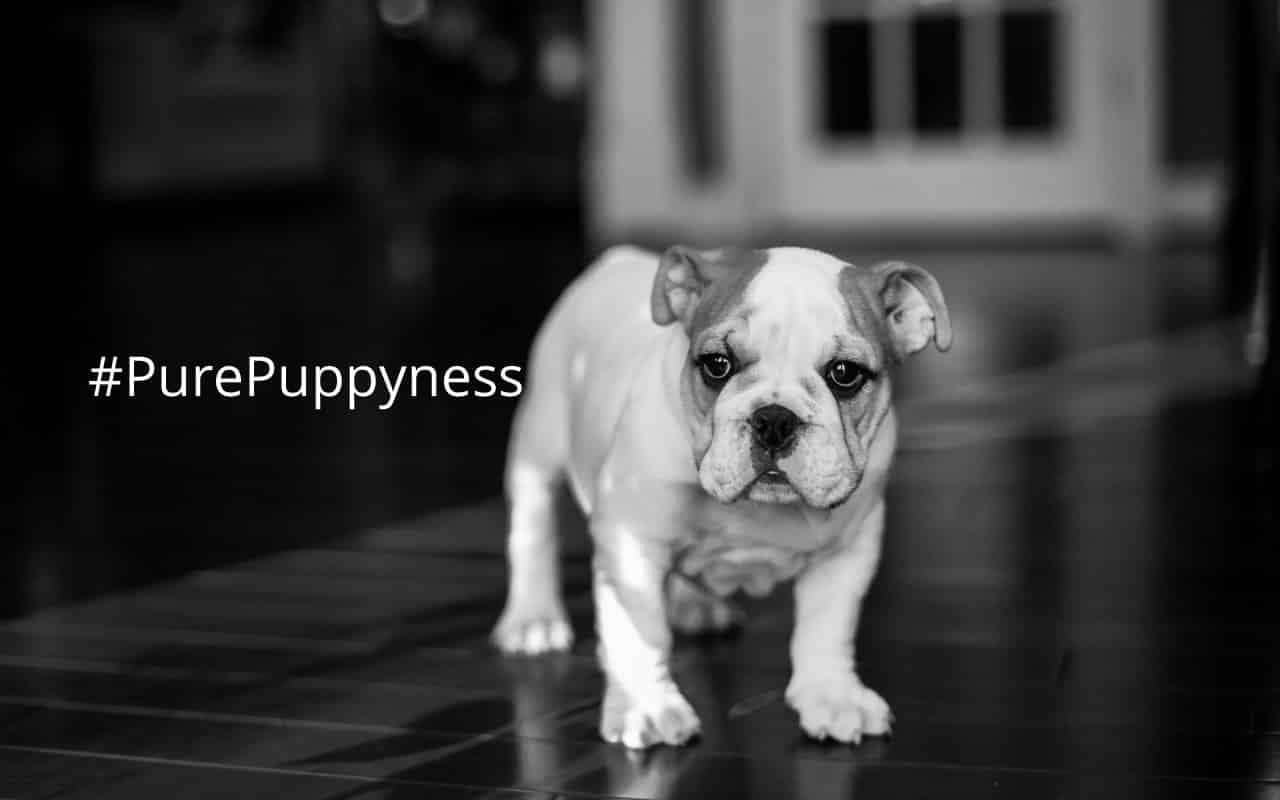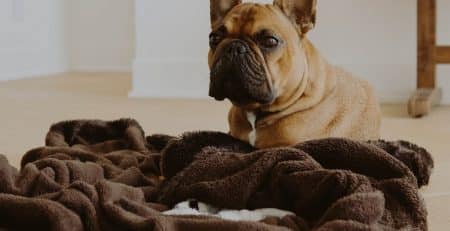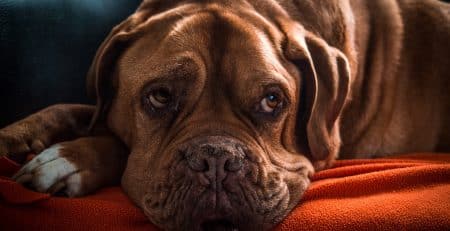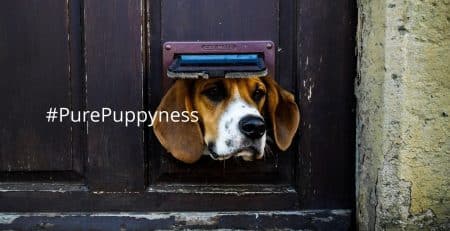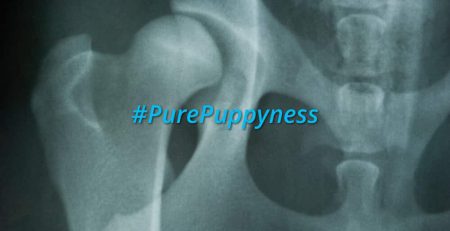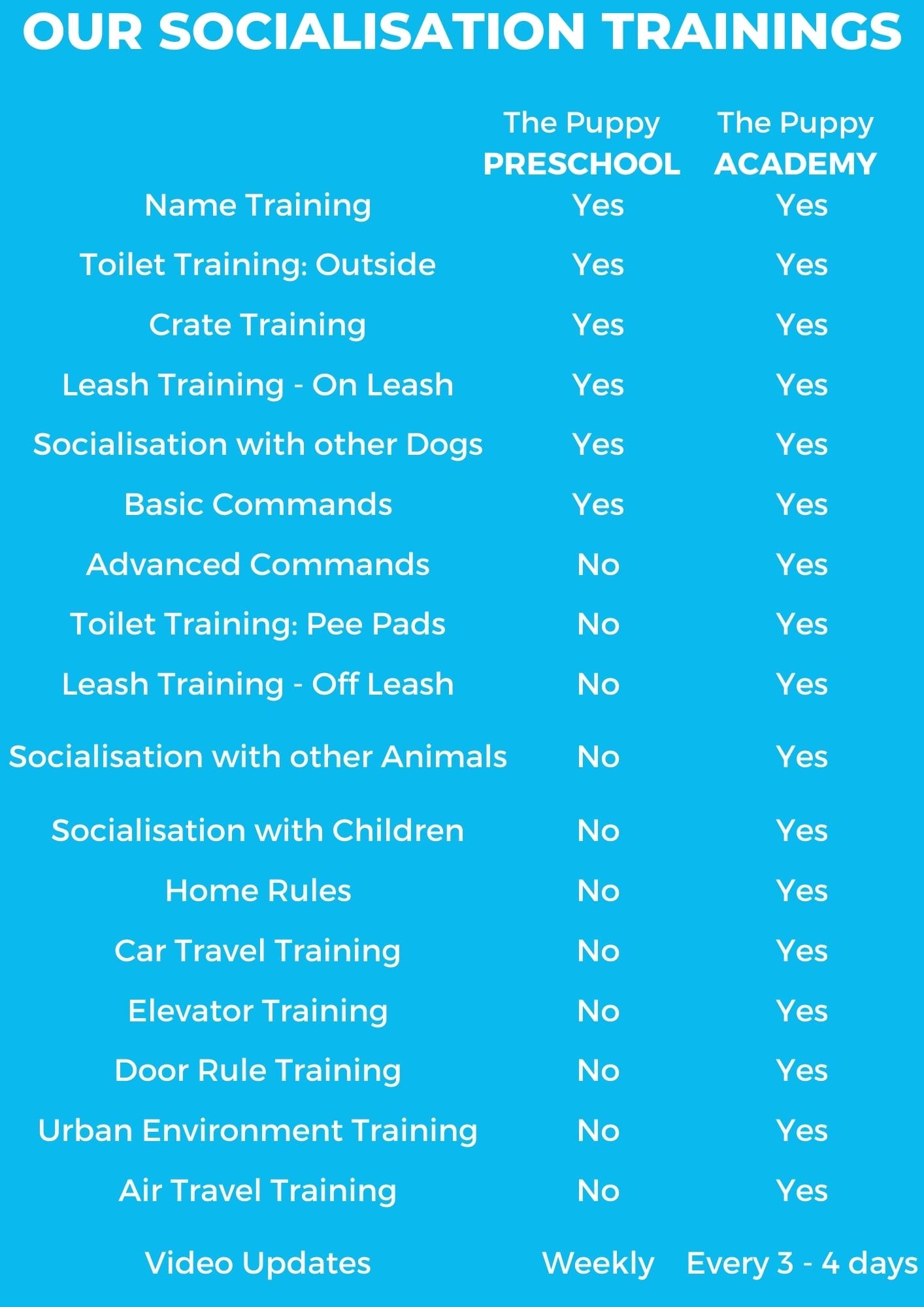Reverse sneezing
You’re watching a horror movie. You’re already a little bit shaken after a few jump scares and you’re not really good when there are children or animals involved in such movies. Suddenly, a loud strange sound comes from just behind your sofa. It scares you to a point that you almost wet yourself. It’s your dog standing rigid and making this gruesome sound as if possessed by a demon. What’s happening to your dog? Is it alright? Should you be worried? Your dog might be having an episode of reverse sneezing.
What’s reverse sneezing? Is it even a thing?
Reverse sneezing is when your dog suddenly takes a strong, sudden breath producing a loud snorting sound. This often occurs because of irritation and inflammation of the nasal cavity and its sinuses. When the upper respiratory tract is inflamed, it swells up and makes it more difficult for the dog to breathe. This swelling results in the spasm-like episode of reverse sneezing. As sneezing commonly happens in brachycephalic dogs and small dog breeds. However, small dog breeds also commonly suffer from tracheal collapse. Tracheal collapse, in contrast to reverse sneezing, sounds like honking. It is important to distinguish between the two because contrary to reverse sneezing, tracheal collapse is a very serious health problem that can seriously impair your pets breathing and quality of life.
Reverse sneezing is not generally considered to be harmful to dogs unless they have some other health complications, especially those that have to do with the circulatory system. Usually it is caused by dust or other particles or the inhalation of irritant substances. Episodes of reverse sneezing rarely occur again within the dog’s lifetime. However, sometimes the problem can be chronic. This is because of allergens inhaled by the dog that might be causing the irritation of the trachea.
What do I do?
As said before, in most cases reverse sneezing is nothing to be worried about. Usually when a dog starts reverse sneezing the best thing to do, is to take them outside for some fresh air. Other methods include pinching the dog’s nose and massaging its throat to soothe the irritation or blowing air on your dog’s face. Speaking calmly to your dog to calm the dog down is also very helpful.
Should there be multiple episodes of reverse sneezing, it could be being caused by allergens. In this case, it is best to refer to your trusted veterinarian. Antihistamines are usually very effective at curbing the occurrence of reverse sneezing, but owners should also try to find the source causing the strong allergic reaction. Such allergens include pollen, smoke, perfume and home cleaning products. It is also important for the veterinarian to rule out the possibility of reverse sneezing being caused by a viral, bacterial or parasitic infection. In such cases, given proper treatment, your pet will fully recover and not suffer from the condition again.

